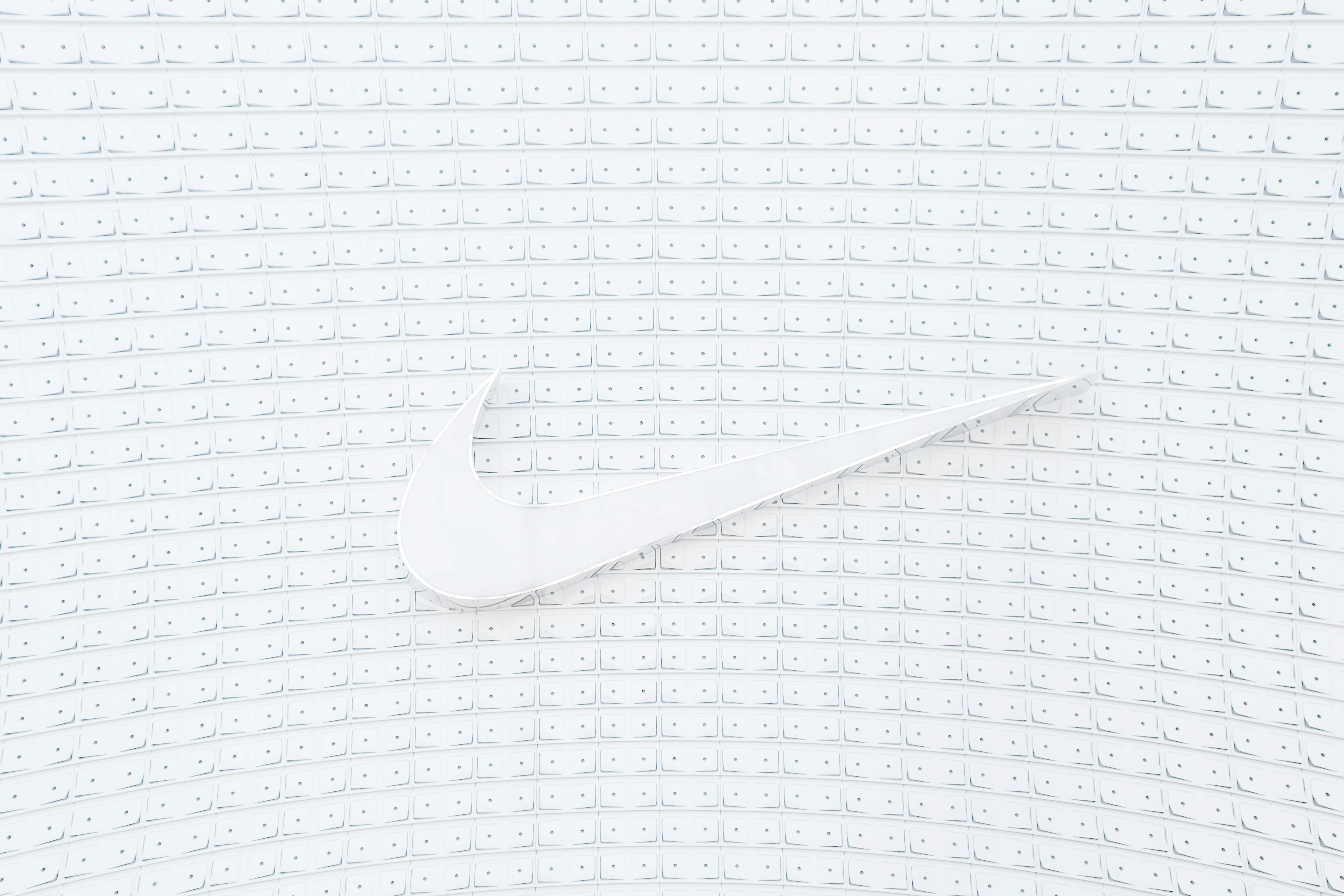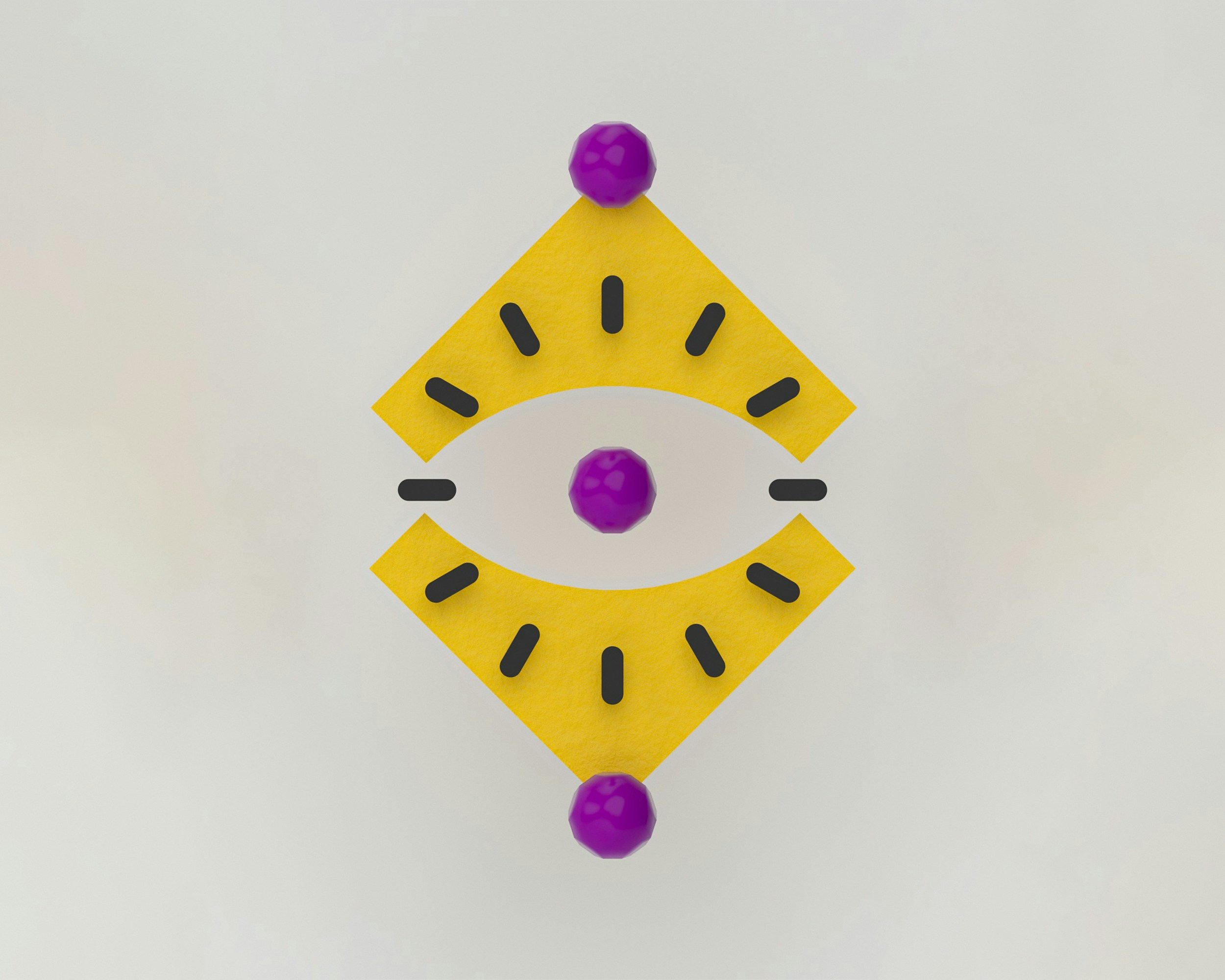Logo


When Emma opened a small bakery in a quiet European town, the name came to her naturally — “Crumb & Co.” All that was left was to design a logo. Her designer friend suggested a cute croissant inside a heart shape. But Emma hesitated — was this a logo or an emblem? And how could she even tell the difference?
That’s when she decided to learn what a logo really is, what it consists of, and how not to confuse it with an emblem.
What Is a Logo: Definition and Role in Branding
A logo is a visual representation of a brand — a symbol, wordmark, or a combination of both — designed to help people quickly identify a company, product, or service. It’s not just a pretty image, but a container for meaning, personality, and brand purpose.
A well-designed logo is often the first point of contact with the audience — whether on packaging, a website, or social media. It helps the brand:
- Stand out from the competition
- Be memorable and recognizable
- Inspire trust and emotional connection
- Reinforce positioning
- Adapt across platforms and formats
In today’s world, a logo is part of the user experience — not just a branding element.
Key Elements of a Logo
Symbol or Icon
A graphic image that can work alone or alongside text.
In example, Klarna’s subtle checkmark icon.
Source: Klarna
Wordmark or Text
The brand name or abbreviation in a custom or standard font.
Good example is Notion’s monospaced, minimalist typeface.
Source: Logowik
Color Palette
Color evokes emotion and meaning.
Here’s Revolut’s shifting palette reflects its flexible, digital-first identity.
Source: Revolut
Typography
Fonts set the tone.
N26 uses neutral, geometric fonts to convey clarity and order.
Source: Medium
Combination of Elements
Most logos combine icon + name.
Monzo’s “M” symbol and clean sans-serif wordmark create a cohesive, modern look.
Source: Logos-world
What a Logo Does
Brand Identification
A logo plays a crucial role in brand identification. It’s not just about the colors, shapes, or fonts — it's about creating a memorable visual that represents the essence of the brand. For instance, Notion’s cube icon is simple yet distinctive, allowing users to immediately recognize the brand, even without seeing the name.
This instantly connects the icon with the brand experience, whether on an app, website, or physical materials. This level of recognition is important because it allows your audience to instantly identify your brand, enhancing its visibility and recall.
A well-designed logo becomes synonymous with the brand itself, making it easier for customers to remember and return.
Differentiation from Competitors
In today’s competitive market, standing out is key, even for businesses that operate in the same sector. A logo is a powerful tool for differentiation, helping customers distinguish your brand from others.
Monzo, for example, uses a colorful and friendly "M" logo that sets it apart from the often more reserved designs of traditional banking institutions.
On the other hand, N26 uses minimalist black-and-white lines to convey modernity and simplicity, offering a stark contrast to other financial brands with complex designs.
The ability to differentiate through your logo helps position your brand uniquely in the market, giving it a competitive edge. A logo that reflects your brand’s values and identity will naturally stand out and attract customers who identify with those qualities.
Monzo: friendly, colorful “M”
N26: minimalist black-and-white lines
First Impressions Matter
First impressions are vital, and a logo is often the first encounter customers have with a brand. When people see your logo, it can influence their perception of your business. A professional, polished logo creates an immediate sense of trust and confidence.
For example, Stripe, the payment processor, uses a sleek and modern logo that conveys professionalism and efficiency. Its design — clean, straightforward, and visually appealing — reflects the speed and ease of use that Stripe offers in its services.
A well-crafted logo can provide potential customers with a positive first impression, building trust even before they interact with your product or service. This is why it’s so important to invest in a logo that reflects your brand’s identity and values.
Source: Freebie Supply
Supporting Recognition
The best logos are not only memorable but also scalable. They can be easily recognized and remain effective no matter the size or format.
Spotify, for instance, uses three curved lines as its logo, which are instantly identifiable even in black and white or when reduced to a small size, such as in a mobile app icon or on a tiny promotional item. This adaptability is crucial in the digital age, where logos appear in a variety of places, from websites and social media profiles to mobile apps and print materials.
A strong logo should work across all platforms, ensuring brand consistency and recognition regardless of where it’s seen. It should be versatile enough to stand out on everything from a giant billboard to the smallest of icons on a smartphone screen.
Source: Spotify
Logo vs. Emblem: What’s the Difference?
What Is an Emblem?
An emblem is a type of logo, but it differs in its complexity and use. While logos are often minimalist, emblems tend to be more intricate and include a mix of text and graphics that are inseparable from each other. Think of emblems as designs that have a heritage feel, like badges, crests, or seals.
Emblems are often used by organizations with deep-rooted histories, such as sports teams, universities, or luxury brands. They evoke tradition and reliability, appealing to customers who value heritage and authority.
Key Differences Between Logo and Emblem
The main difference between a logo and an emblem lies in their design and usage. While a logo is typically more flexible and adaptable, an emblem is more fixed and often traditional.
For instance, a logo can work across digital platforms, product packaging, and marketing materials, while an emblem is often reserved for institutions or organizations that want to communicate a sense of legacy or prestige.
|
Feature |
Logo |
Emblem |
| Flexibility | Text and symbol may be separated | Typically fixed as a single unit |
| Simplicity | Often minimalist and scalable | Often detailed and dense |
| Best used in | Digital, product packaging, branding | Heritage brands, institutions, sports |
When to Use Each
The choice between a logo and an emblem often comes down to the type of business you run. Startups and digital platforms benefit from logos that are simple, versatile, and scalable — important for creating brand recognition in a fast-paced digital world.
On the other hand, emblems are better suited for luxury brands, heritage institutions, and organizations with a strong, traditional reputation.
If your brand values heritage, tradition, or authority, an emblem may be the right choice. However, if you want your brand to be adaptable, modern, and easily recognizable across multiple channels, a logo will likely suit you better.
Use a logo: for startups, digital platforms, scalable products.
Use an emblem: for universities, luxury brands, and organizations with heritage values.
How Neural Networks Help Design Logos
Idea Generation
One of the most exciting ways neural networks contribute to logo design is through idea generation. Traditional design processes often involve multiple brainstorming sessions, sketches, and revisions to arrive at a logo that truly fits a brand. However, with AI tools, designers can rapidly generate a wide range of logo concepts based on a brand’s core values, target audience, and industry trends. For instance, by inputting a few keywords or a brief description of a brand, neural networks can create dozens or even hundreds of logo variations in just a few minutes. This speed of ideation can significantly shorten the design process, allowing companies to quickly explore different directions and pick the one that resonates the most with their vision.
AI tools also go beyond simple generation of designs — they take into account symbolism, emotion, and visual hierarchy, ensuring the generated logos align with the intended brand messaging. Neural networks can offer options that may not have been considered in a traditional design process, opening up creative possibilities for designers and clients alike.
Trend Analysis
In a world where design trends evolve rapidly, keeping up with the latest developments can be a challenge for even the most experienced designers. Fortunately, neural networks excel at trend analysis, analyzing massive amounts of data from various sources, such as popular design websites, social media, and online portfolios. AI-powered tools can spot emerging trends early and suggest design elements that are currently resonating with audiences. For example, if a brand wants to appeal to younger consumers, AI can recommend minimalist designs or bold typography that reflect current aesthetic trends in the market.
This ability to spot and adapt to trends is especially valuable in industries that rely on staying ahead of the curve, such as tech startups, fashion, or digital platforms. By incorporating these trends into logo design, brands can ensure their logos feel contemporary and relevant, attracting their target audience while still standing out from competitors.
Unique Outputs
One of the major benefits of using neural networks in logo design is the ability to produce unique outputs that are tailored to a brand’s specific needs. Unlike template-based design tools, AI platforms like Ironov use deep learning algorithms to create logos that are distinctive and original, ensuring the final design isn’t just a copy of another popular logo or symbol. Neural networks analyze the brief, brand values, and other input data to generate logo designs that capture the essence of the brand in a way that feels fresh and individual.
By leveraging the power of AI, brands can receive highly personalized logos that are custom-fit to their identity, rather than relying on generic solutions. Neural networks can explore infinite combinations of shapes, colors, and fonts, producing logos that are not only unique but also align with the personality, mission, and values of the brand. The result is a logo that stands out, offering a powerful visual identity without the risk of being derivative.
Human-AI Collaboration
While AI can generate impressive designs, it’s important to note that human creativity remains a vital part of the process. Neural networks act as a powerful tool to assist designers rather than replace them. AI excels at rapidly producing options and analyzing patterns, but the context, emotion, and intent behind a brand’s identity still require human input. Designers play a crucial role in selecting the most fitting options, tweaking designs, and adding a personal touch that ensures the final logo meets the brand’s unique needs.
The collaboration between human designers and AI leads to an efficient workflow where both the speed and creativity of AI are combined with the insight and experience of human designers. This partnership allows businesses to explore a wider range of design possibilities and arrive at a logo that is not only functional and recognizable but also emotionally engaging and strategically sound.
Optimizing Logo Performance
Neural networks can also assist in optimizing the performance of a logo. By analyzing various design factors, such as color psychology, font choices, and shape recognition, AI tools can help ensure that a logo is not only visually appealing but also optimized for effectiveness across different platforms. For instance, AI can recommend color palettes that increase visibility and brand recall, or font choices that make the logo more legible in various sizes. These optimizations ensure that the logo performs well across a variety of mediums, from digital platforms like websites and mobile apps to print materials like business cards and posters.
In addition to visual optimizations, AI tools can test logos against user feedback and real-world data, making adjustments based on how well a logo resonates with target audiences. By leveraging AI’s ability to quickly process vast amounts of data, brands can fine-tune their logo designs for maximum impact and engagement, increasing the likelihood of a logo’s success in the marketplace.
Conclusion
Emma eventually used an AI tool to generate a warm, modern logo for her bakery — a stylized croissant next to the brand name in soft script. Not an emblem, but a logo: clear, adaptable, and full of character.
Over time, customers began to recognize it. The logo became a signal of trust — a small thing that made a big difference.
If you want your business to be remembered, loved, and trusted — start with a strong logo. Or like Emma, start by asking the right questions.


